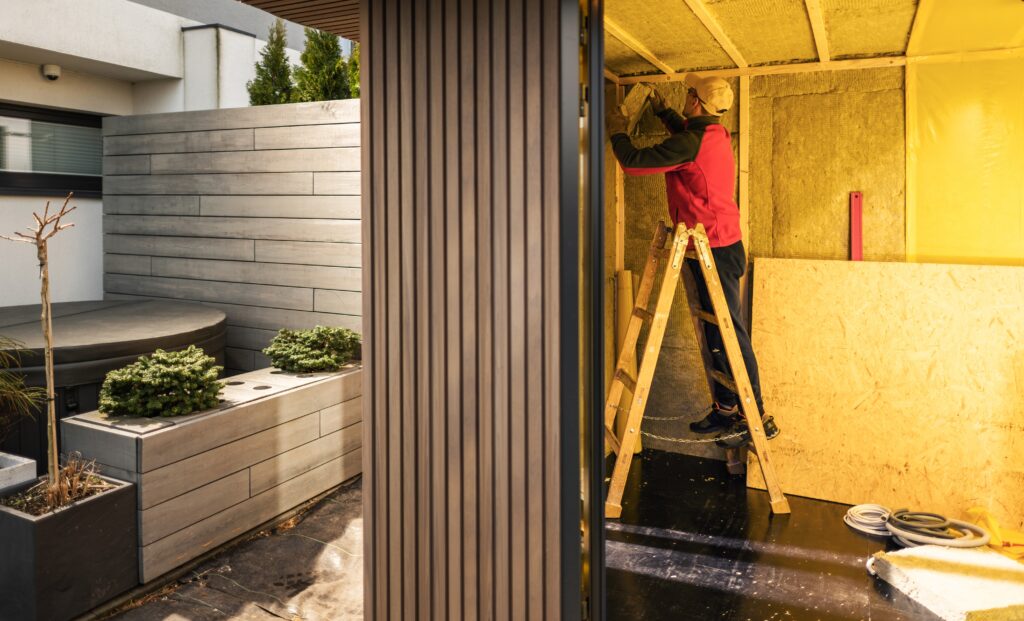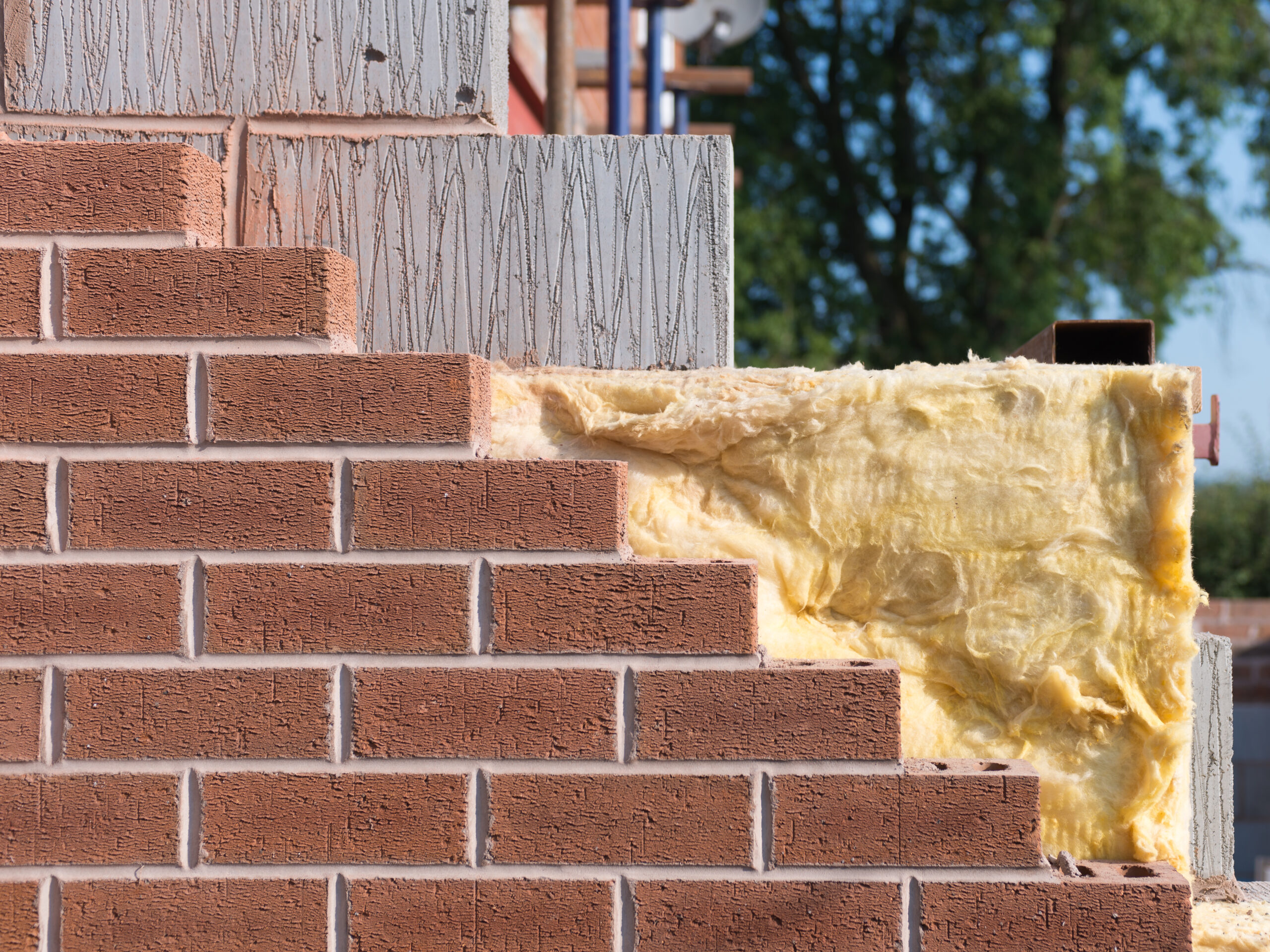Celotex Insulation Board
(24 Products)Celotex insulation boards are high-performance thermal insulation products designed to enhance energy efficiency, comfort, and sustainability in residential, commercial, and industrial buildings. Manufactured by Celotex, a leading provider of insulation solutions, these boards are renowned for their superior thermal performance, ease of installation, and durability.
What is Celotex Insulation?
When it comes to insulation solutions, Celotex stands as a beacon of excellence. Pioneering the industry, Celotex insulation boards are the go-to choice for addressing cold spots that can compromise the integrity of your building's performance.
Celotex insulation products are carefully designed to cater to a wide spectrum of needs, from wall insulation to floor insulation, roof insulation, and cavity insulation.
What sets Celotex apart is its commitment to innovation and sustainability. Crafted from robust polyisocyanurate (PIR) material and incorporating eco-friendly blowing agents, Celotex insulation boards have a remarkable environmental profile.
With zero Ozone Depletion Potential (zero ODP) and a minimal global warming impact, they not only contribute to a healthier planet but also translate into significant savings on heating and cooling costs, thanks to their impressive thermal conductivity rating of 0.022W/mK.
Celotex's dedication to quality and sustainability is further evident in its accolades. Holding an A+ rating in comparison to the BRE Green Guide and certified by BBA (British Board of Agrément), Celotex insulation is a trusted choice that upholds the highest industry standards.
Celotex Insulation Board Benefits
- Moisture-resistance
- Low Global Warming Potential (GWP) and Zero Ozone Depleting Potential (ODP)
- An A+ rating when compared to the BRE Green Guide 2008 - which can assist in demonstrating environmental performance in your BREEAM assessments
- Low emissivity foil facings giving improved thermal insulation performance within cavity air spaces
- Lightweight, making it easy to cut, handle and install
Where Can Celotex Insulation Boards Be Used?
Depending on the specific board type, Celotex insulation boards can be utilised across a wide range of applications, including:
- Roofs
- Walls
- Floors
- Cavities
Celotex insulation boards offer tailored solutions for each of these applications, ensuring optimal thermal performance and energy efficiency in various construction scenarios.
Celotex Insulation Board Range
- TB4000 - Thermal Bridging
- Thicknesses: There are 4 thicknesses in this product group; 20mm (TB4020), 25mm (TB4025), 30mm (TB4030), and 40mm (TB4040).
- GA4000 - General Application
- Thicknesses: There are 7 thicknesses in this product group; 50mm (GA4050), 60mm (GA4060), 70mm (GA4070), 75mm (GA4075), 80mm (GA4080), 90mm (GA4090), and 100mm (GA4100).
The 100mm, or GA4100, is the most popular selling thickness due to the fact that it matches closest with the standard imperial size of 4 inches, on which many building applications are based.
- Thicknesses: There are 7 thicknesses in this product group; 50mm (GA4050), 60mm (GA4060), 70mm (GA4070), 75mm (GA4075), 80mm (GA4080), 90mm (GA4090), and 100mm (GA4100).
- XR4000 - Extra Resistance
- Thicknesses: This group contains the thickest of the Celotex Insulation Boards. There are 5 thicknesses in this product group; 110mm (XR4110), 120mm (XR4120), 130mm (XR4130), 140mm (XR4140), and 150mm (XR4150).
- CW4000 - Cavity Wall
- Thicknesses: There are 3 thicknesses in this product group; 50mm (CW4050), 75mm (CW4075), and 100mm (CW4100).
Celotex also stocks an insulated plasterboard solution. Celotex Insulated Plasterboard is an insulation product designed to help reduce installation time, it's a 2-in-1 application that has 12.5mm plasterboard bonded to various thicknesses of PIR insulation.
PL4000 has 4 thicknesses in this product group; 37.5mm (PL4025), 52.5mm (PL4040), 62.5mm (PL4050), 72.5mm (PL4060).
How Is Celotex Insulation Board Made?
Celotex insulation boards are primarily composed of polyisocyanurate foam, a type of rigid foam insulation renowned for its exceptional thermal properties. This foam is created by combining polyisocyanurate resin with blowing agents and other additives.
The polyisocyanurate resin serves as the base material, providing strength and structural integrity to the foam. Blowing agents are added to initiate the foaming process, generating gas bubbles within the mixture, which expand and create a cellular structure. These cells trap air, significantly reducing the material's thermal conductivity and enhancing its insulating properties.
Celotex insulation boards may also contain facings or laminates on one or both sides, providing additional protection and enhancing their durability.
Overall, the careful selection and precise combination of these materials contribute to the outstanding thermal performance and structural integrity of Celotex insulation boards.
Frequently Asked Celotex Insulation Board Questions
What is Celotex's Fire Classification?
Celotex PIR Insulation Boards are tested to BS EN 13501-1 with a classification of E. Simply put, this means they are combustible and will contribute to the spread of fire.
Because of this, the boards must not be used in the external facades of buildings over 18m in height in England and Wales or over 11m in height in Scotland.
When using Celotex - or any other type of insulation - it's important to ensure your installation meets all relevant national Building Regulations and guidance and local, national and other applicable standards relevant to your construction or application.
Are Celotex Insulation Boards Waterproof?
Celotex PIR is a closed-cell, moisture-resistant insulation board, meaning it does not hold water or retain water.
Whilst this attribute helps it to prevent water ingress - especially in the wall cavity where this can be a persistent problem - it does not mean that Celotex insulation boards are suitable for external use.
Celotex insulation boards should only be installed inside the building structure, and not on an external facade or inverted roof.
Are Celotex Insulation Boards Sustainable?
Celotex insulation is manufactured from polyisocyanurate foam, a type of plastic that comes with an environmental toll. The creation of these types of plastics involves immense energy and resources—and can result in the emission of greenhouse gases and other hazardous pollutants.
Additionally, the disposal of Celotex insulation board can be a concern if it is not properly recycled or disposed of in a responsible manner.
If it ends up in a landfill, it can take hundreds of years to decompose, contributing to environmental pollution and waste.
That being said, Celotex does provide some sustainable benefits. Its insulation properties can help reduce energy consumption in buildings, which can lead to lower greenhouse gas emissions and energy bills.
Celotex also claims to use recycled materials in its production process, reducing the amount of virgin materials needed.
In essence, while Celotex may have some environmentally friendly aspects, it is critical to evaluate the entire product's ecological footprint and investigate other potential sustainable insulation options.

.jpg)
.jpg)















